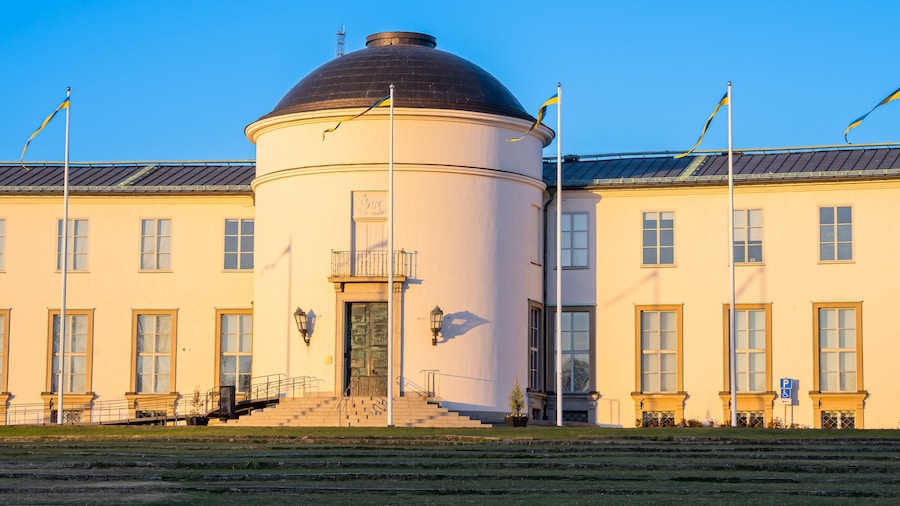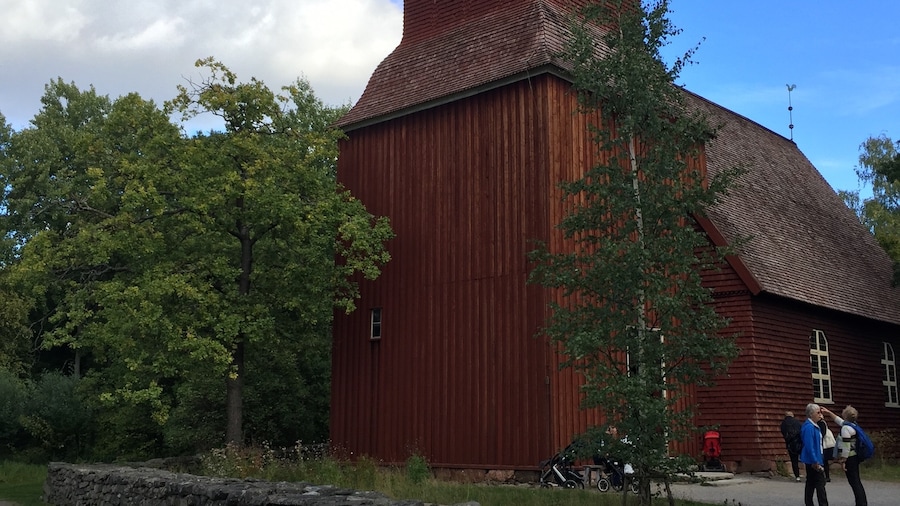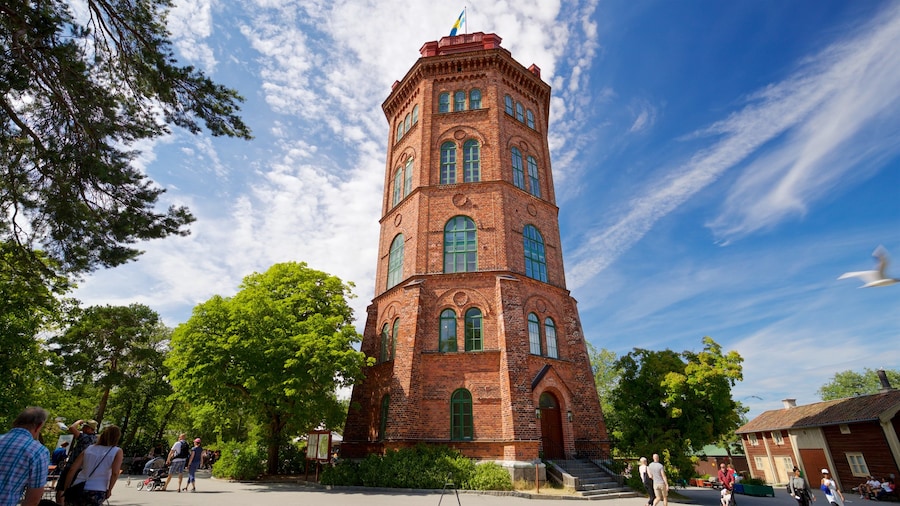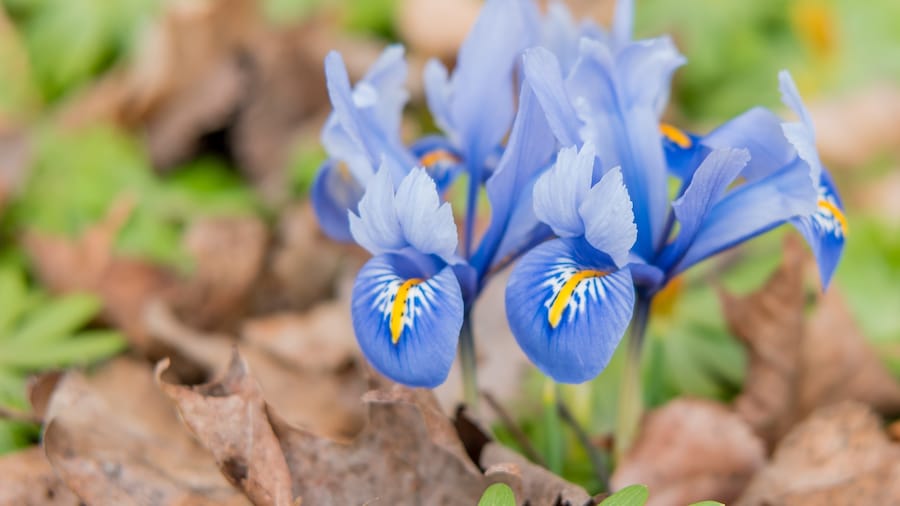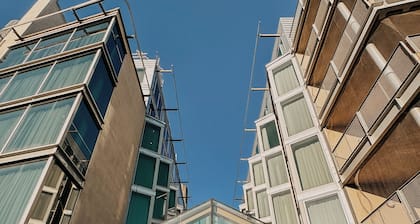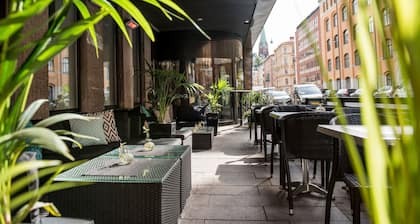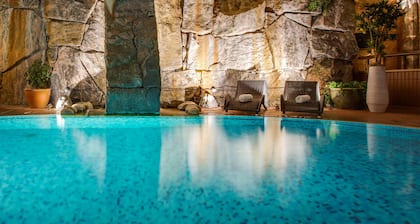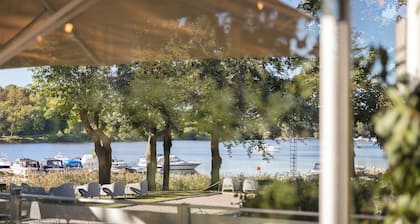A visit to Rosendal Palace presents a window into the lavish lives of Swedish monarchs during the 1800s. Peek inside rooms that stand largely unaltered since the reigns of Karl XIV Johan and Oskar II. Admire exquisite artwork and period furniture. Stroll around the wooded grounds of Royal Djurgården, a one-time royal recreation area and hunting park.
King Karl XIV Johan commissioned Fredrik Blom, one of the most prominent Swedish architects of the era, to build the palace in 1823. Blom adopted the European Empire style (known as the Karl Johan style in Sweden), which was a secondary phase of neoclassicism. Royal family members used the palace as a summer residence up until the death of Oskar II in 1907. It then became a museum that celebrates the period.
During the summer months the palace is open for guided tours. See rooms decorated with chandeliers, colorful curtains, elaborately patterned carpets and mahogany furniture. Browse portraits of members of the royal family, landscape paintings and portrayals of biblical scenes. Major highlights include the personal book collection of Karl XIV Johan and the décor of his bedroom, which was transferred from the Royal Palace in 1913.
Outside of the tour season, it’s still possible to admire the architecture and exterior ornamentations of the palace. A row of four classical-style columns crowned by capitals marks the main entrance, while pilasters frame each of the many windows.
Wander the pathways that lead deep into Royal Djurgården from the palace and see examples of biodynamic cultivation at Rosendals Trädgård.
Located on the island of Djurgården, the palace is easy to reach by tram from Östermalm. Other major city attractions on the island include ABBA The Museum, Gröna Lund amusement park and Skansen open-air museum.
Tours in English of Rosendal Palace take place from Tuesday to Sunday in June, July and August. Purchase tickets in advance via the palace’s official website.





